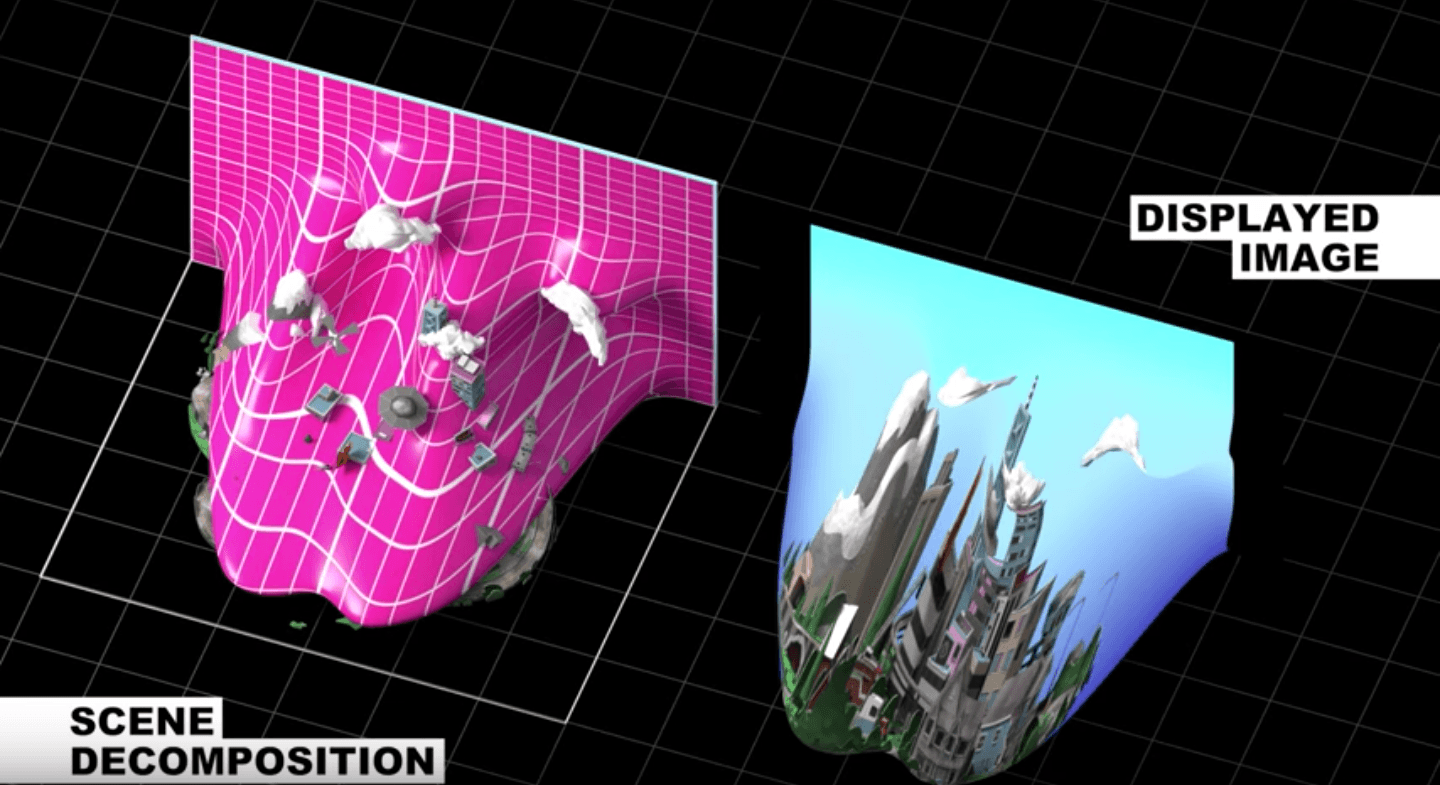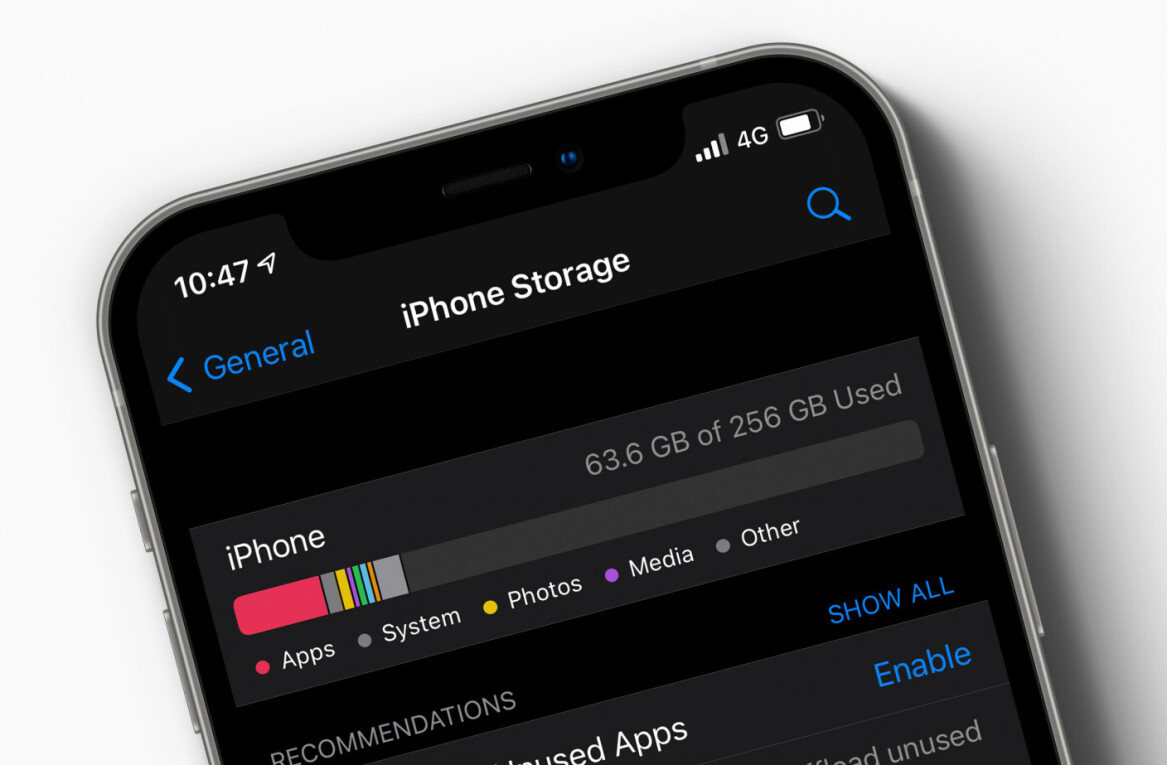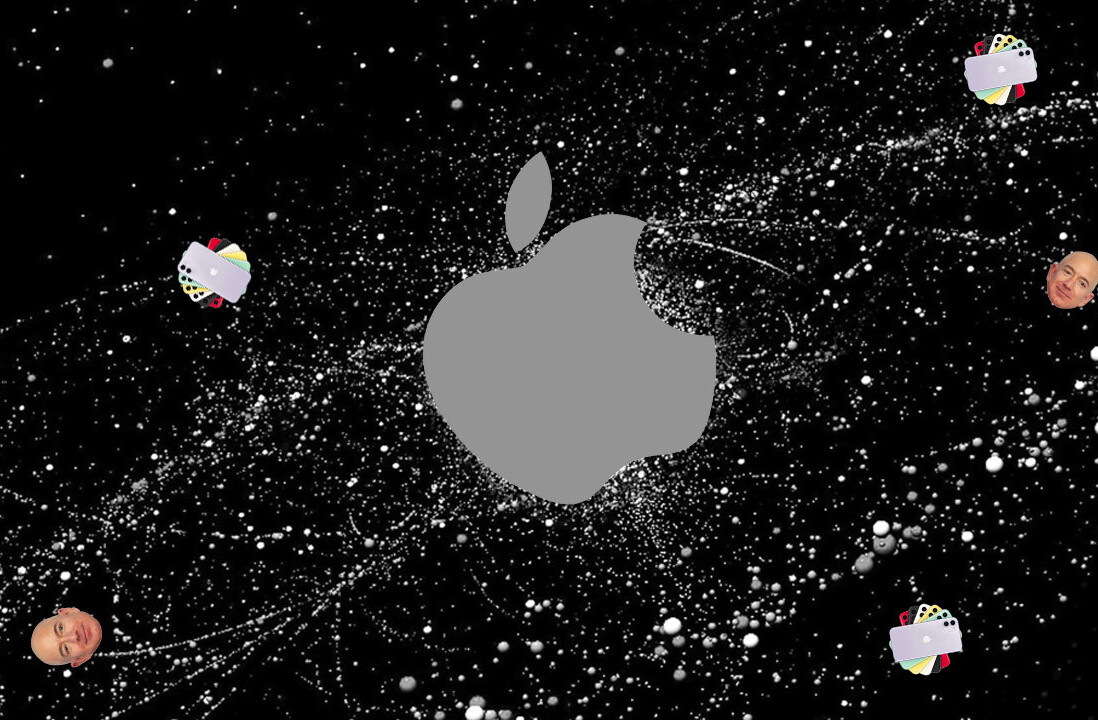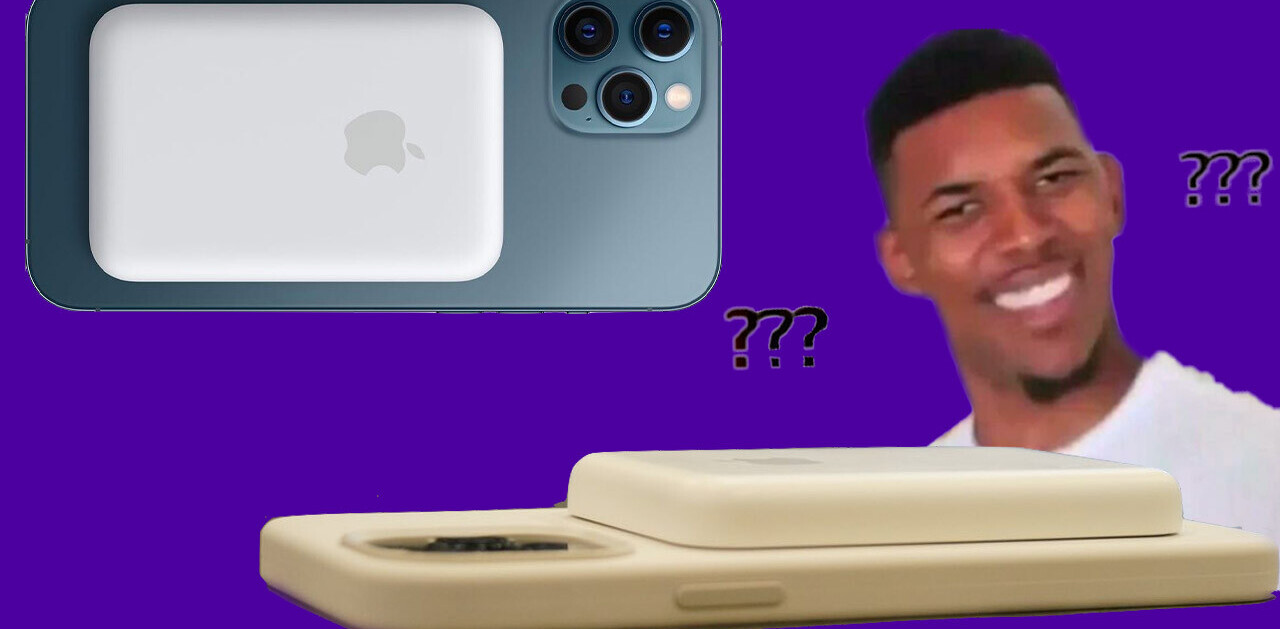
Oculus Research, the R&D arm of the VR company that produces the Rift, announced a new type of “groundbreaking” display that could ease the way current VR works against the nature of our eyes. The “Focal Surface Display”, as the company is calling it, could put an end to the ‘hangover time’ reported by early VR enthousiasts after extensive use.
The biggest problem stems from the fact that your eyes are not actually seeing a three dimensional object, but a flat surface that uses a simple technique that tricks the brain into thinking it’s seeing 3D. This trickery puts strain on the brain and leads to things like nausea, headaches and fatigue – hence, the term ‘hangover’.
The official term for the cause is the so-called “vergence-accommodation conflict.” It sounds complicated, but is actually very simple. Vergence is the term used to describe how you go more cross-eyed when looking at nearby objects, and accommodation is the job your lenses do to properly focus light on your retina for objects at different distances. Our eyes and brains are trained to do both automatically and at the same time.

Now, in modern VR glasses, a simulation of vergence is made by displaying discrete images to each eye. To move the focus further back, nearer objects are set further apart for each eye than the far-away objects, and the other way around when the focus is further from the viewer. Take off your 3D glasses during a movie and you’ll see what I mean.
But because the screen is at a set distance, your lenses don’t do the accommodation work they’re used to doing in the real world. That leads to a discrepancy in muscle memory that in turn leads to fatigue. We’re simply not ‘trained’ to deal with an accommodationless world.
An exciting solution for this problem would be the use of holograms – projected 3D objects – but as the Oculus researchers point out, this isn’t possible with existing technology. What they do propose, is a kind of middle ground between a flat display and a 3D hologram.

The Focal Surface Display takes depth information from an image and changes the focus for different parts of the image – a bit like a pop-up book. It basically pulls the nearer object on the flat screen nearer to your eyes, meaning your eyes do have to accommodate to see them sharply, which is more like the real world.
Of course, there are some setbacks to the technology, mainly that it requires advanced eye-tracking, has a narrow field of view, and requires developers to add in information about the depth of objects in a scene.
Nevertheless it’s exciting to see that VR research is progressing to make the experience easier on the eyes and brain. Oculus will be presenting their work at the SIGGRAPH conference in July.
Get the TNW newsletter
Get the most important tech news in your inbox each week.




